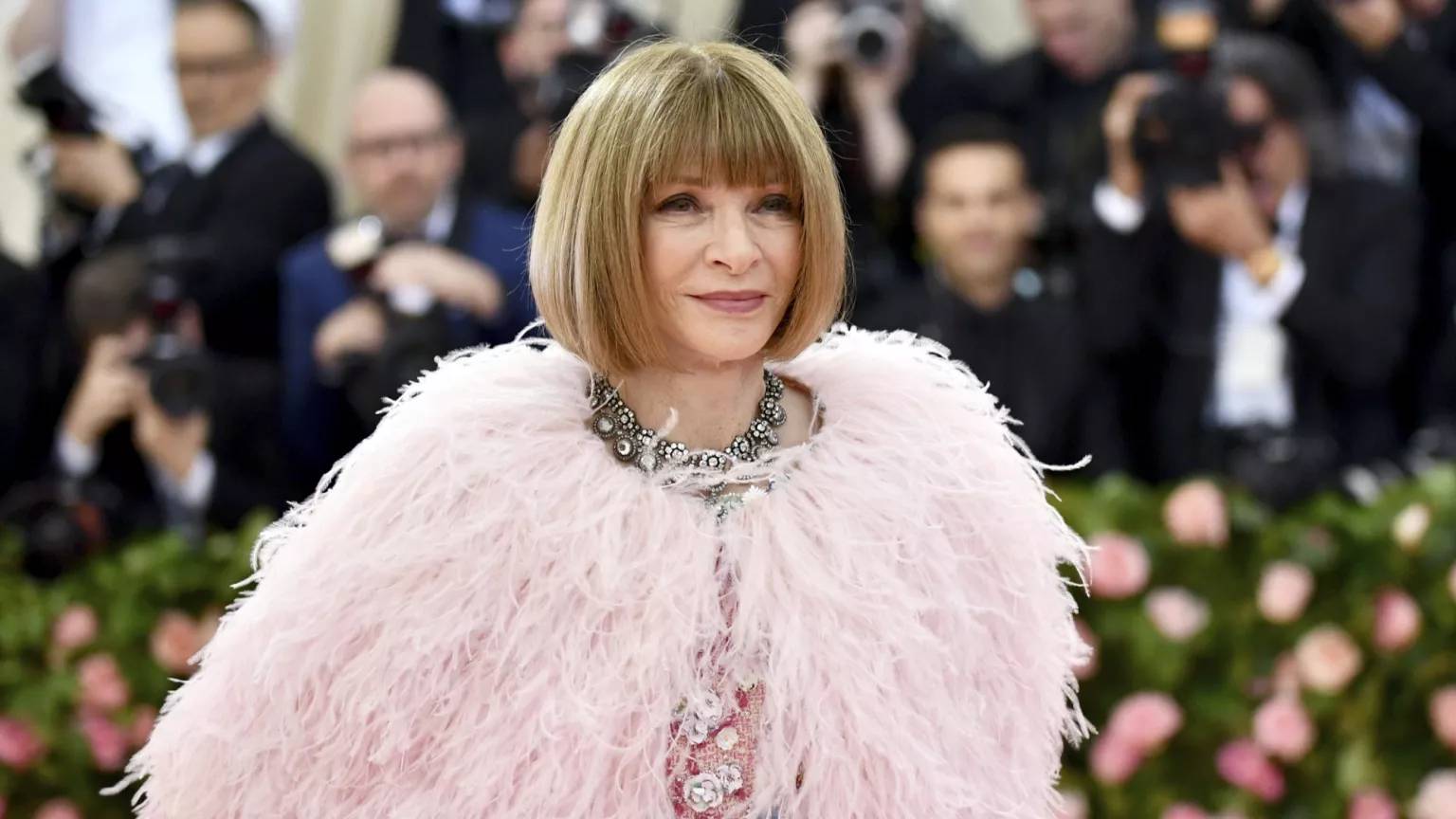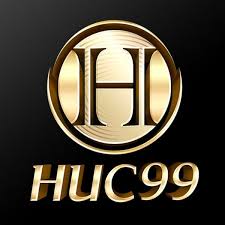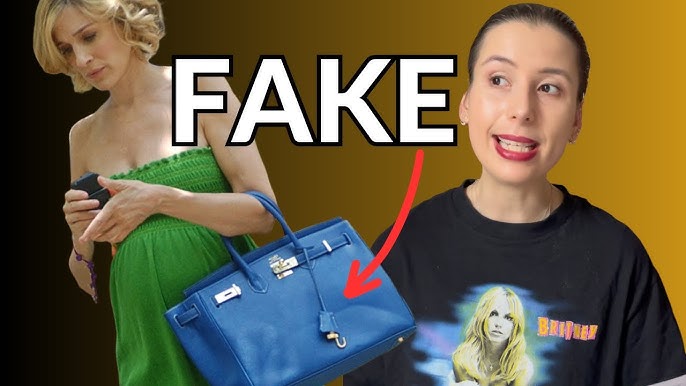After an extraordinary 37-year reign as editor-in-chief of American Vogue, Anna Wintour is stepping back from that specific role—though she’ll remain a major behind-the-scenes force as Condé Nast’s Global Chief Content Officer and Vogue’s Global Editorial Director Medium+1New York Post+1Yahoo Style+15El País+15People.com+15.
🗓 A Legacy Defined Innovation and Influence
- Rewriting Vogue’s DNA
Since assuming leadership in 1988, Wintour reshaped Vogue breaking long-standing norms—like featuring jeans on a cover and mixing celebrities with high fashion Yahoo Style+3STRAND Magazine+3BS4F+3Grazia+2The Independent+2People.com+2. - Power Through Image
Her signature bob, dark sunglasses, and exacting editorial voice became fashion’s monarchial symbols. Meryl Streep’s Miranda Priestly in The Devil Wears Prada echoes Wintour’s famously formidable persona Wikipedia+4Outlook India+4The Sun+4. - From Runway to Red Carpet
Wintour elevated the Met Gala from a museum fundraiser to the ultimate fashion moment. Under her leadership, it has generated tens of millions of dollars and become a global cultural event Grazia+15Global Brands Magazine+15Medium+15.
💬 Critics and Controversies
Despite her success, Wintour’s path was not without contention:
- Accusations of Exclusivity
She often endorsed narrow beauty ideals and faced accusations of fostering a “thin, rich and white” standard within Vogue STRAND MagazineEl País+11Outlook India+11Wikipedia+11. - Fur and Ethics
Her pro-fur stance triggered protests from activist groups like PETA, including a memorable tofu-pie incident in 2005 The Daily DotThe Independent+2Yahoo Lifestyle+2Yahoo Style+2. - Internal Criticism
Reports pointed to a rigid internal culture and delayed internal initiatives like diversifying Black editorial voices BS4F+1Wikipedia+1.
🌍 Transitioning to a Global, Decentralised Future
- New Leadership Roles
Vogue U.S. is replacing the traditional Editor-in-Chief role with a Head of Editorial Content, who will report directly to Wintour in her global leadership capacity DIE WELT+1Wikipedia+1Yahoo Lifestyle+15realstylenetwork.com+15Wikipedia+15. - A Global Vision
Wintour’s new focus enables her to shape Vogue editions worldwide—from Mexico to the Middle East—empowering local voices and moving beyond the U.S.-centric model BS4F.
🚀 What Comes Next?
- Digital Vs. Editorial Power
Vogue faces fresh challenges from social media influencers, TikTok-native fashion commentary, and a more democratized trend ecosystem Global Brands Magazine+2Grazia+2BS4F+2Yahoo Style+2Yahoo Lifestyle+2Grazia+2. - Choosing a Successor
Industry insiders suggest someone from within Condé Nast—perhaps Vogue.com’s Chloe Malle or British Vogue’s Chioma Nnadi—could take the reins People.com+1Global Brands Magazine+1. - Redefining Vogue’s Identity
The next era will likely focus on diversity, digital-first storytelling, and a broader platform for underrepresented designers—while ensuring the magazine remains coherent without Wintour’s singular vision Grazia+2BS4F+2STRAND Magazine+2Grazia+1Grazia+1.
⚡ In Summary
| What | Details |
|---|---|
| Stepping down | 37 years as editor-in-chief of Vogue U.S. (since 1988) The Daily Dot+15Wikipedia+15Grazia+15 |
| Staying on | Remains Global Chief Content Officer at Condé Nast and global editorial director of Vogue |
| Legacy | Revolutionized magazine covers, Met Gala, celeb culture; cemented global influence |
| Criticism | Issues with diversity, fur advocacy, and internal culture |
| What’s next | A global pivot, digital disruption, and the search for a successor ready for a new Vogue era |
Anna Wintour’s departure from daily editorial responsibilities marks the close of a distinctive era—yet her ongoing global roles indicate she remains a force to reckon with. The critical question now is whether Vogue can evolve into a more inclusive, digitally native institution—without losing its sense of purpose and authority.












Leave a Reply